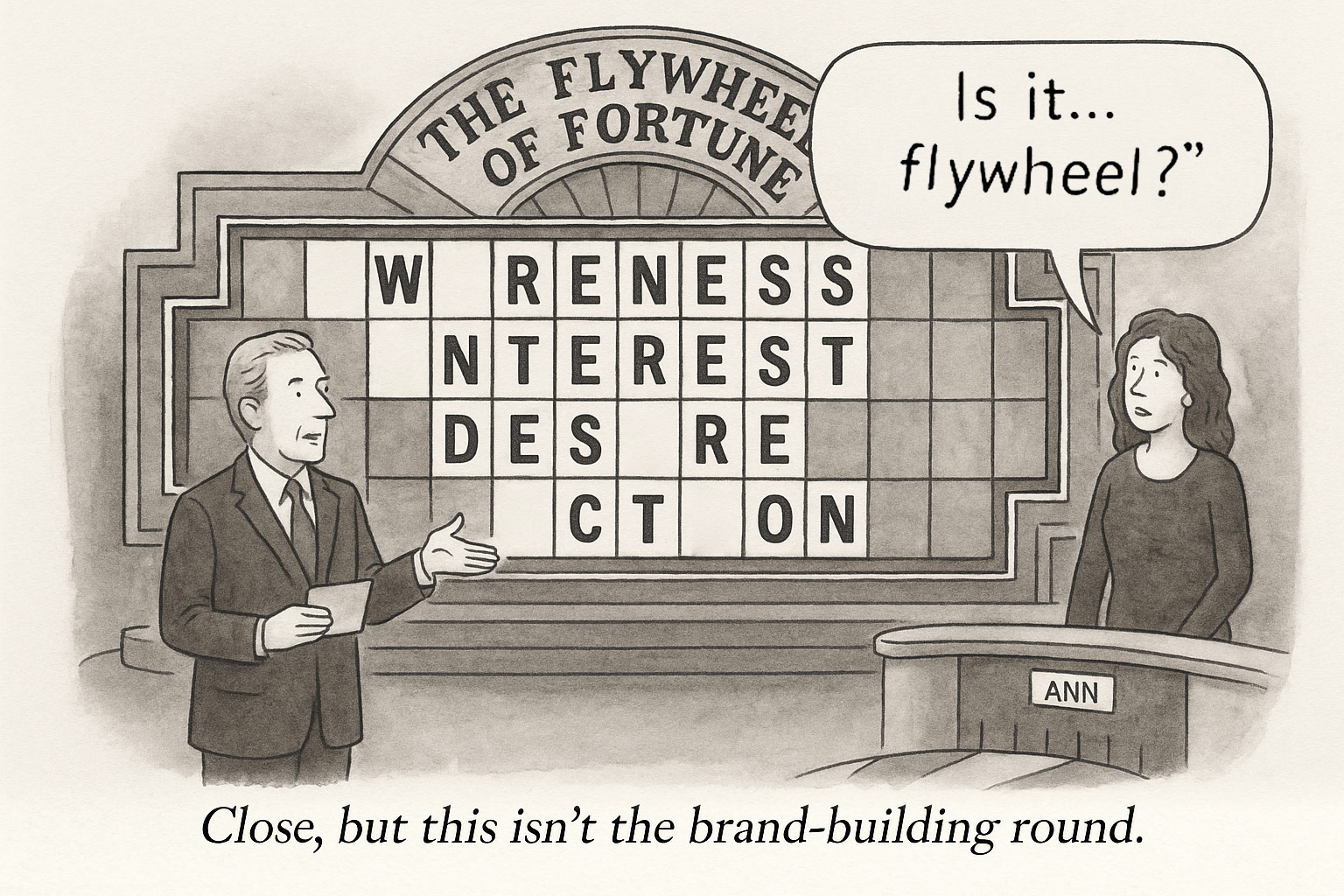
Nobody Knows What 'Speed of Culture' Actually Means

Welcome to Friday, futurists.
We’re closing out the week with some more notable takeaways and quotable tidbits from Advertising Week New York.
We enjoyed candidly chatting with new friends, connecting with readers, and getting a firsthand look at the conversations happening between brands, agencies, and platforms.
While it was our first year at the event, it certainly won’t be our last. We also have a few of our own events coming up, including our Archetypes & Aperitifs event in a few weeks. More on that below!
— Phillip
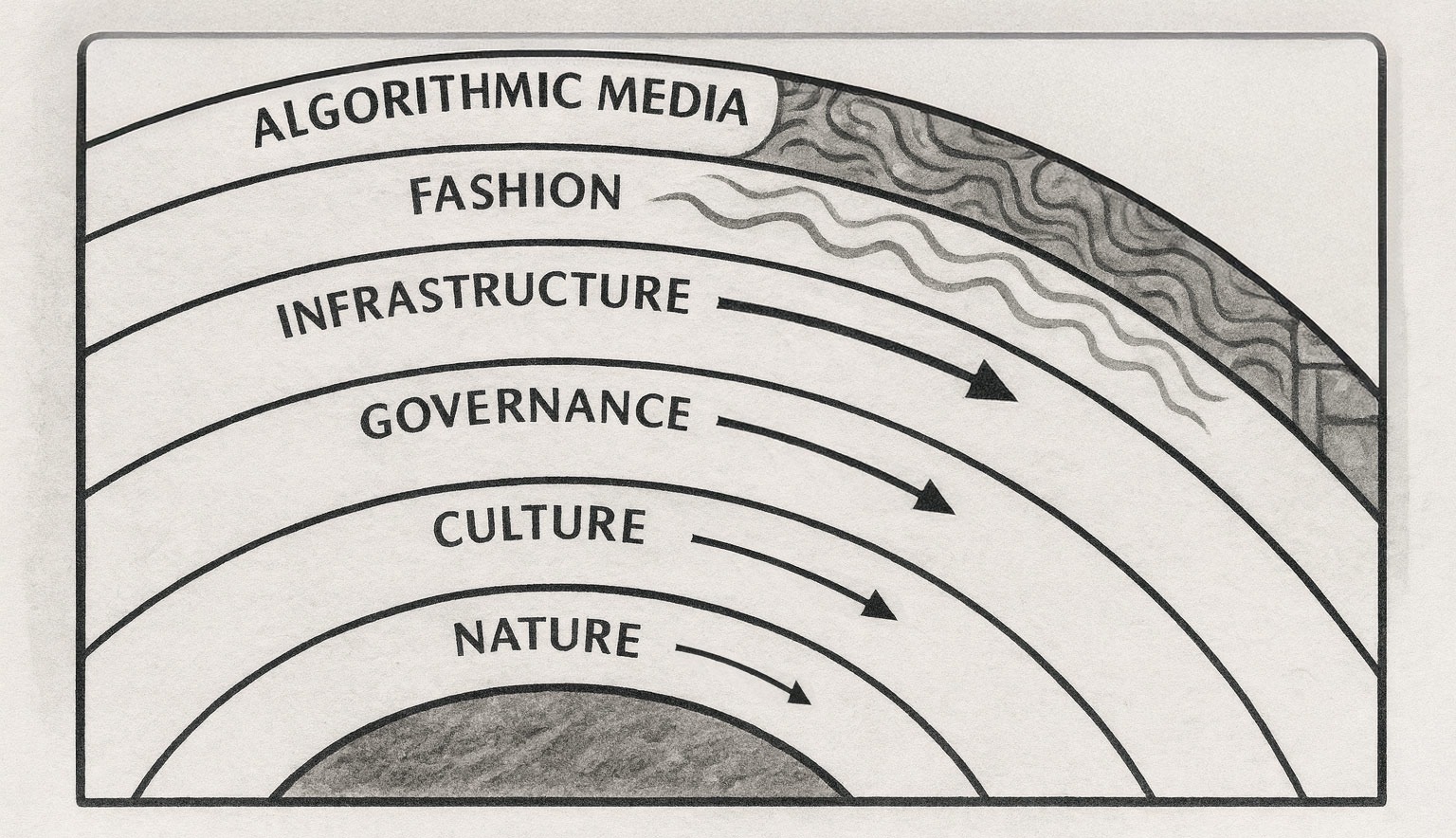
Everyone Wants to Move at the Speed of Culture. Who Pays for the Infrastructure?
Advertising Week discovered "speed of culture" this year. The phrase appeared in every other panel, usually breathlessly, as if Madison Avenue had finally cracked the code on relevance. But here's the problem: nobody seems to understand what Stewart Brand meant when he theorized Pace Layers.
Culture moves fast, and fashion moves faster still. But commerce in the original diagram is much closer to infrastructure. Commerce moves like it's laying railroad tracks (because it is).
I observed this tension unfold in real time over multiple sessions. Macy's Senior Director of Advertising and Brand, Marcos Ribeiro, perfectly captured it when he noted how quickly the industry conversation shifted "from the promise of efficiency to the responsibility of trust." Trust takes time, and trust requires infrastructure; infrastructure requires investment, and investors require processes that see beyond one quarter of results.
You can't iterate trust at "the speed of culture." In my opinion, there is no such thing, because there is no one culture, and it doesn’t move at just one speed. If you think fashion moves fast, the new era of Algorithmic Media is moving faster, and more siloed. My reimagination of Stewart Brand’s model above shows a new, more turbulent, more segmented layer above Fashion. You can bundle Sora and Vibes into this layer, btw.
“They don’t realize there are many speeds to culture?” remarked a foresight leader at a leading AI organization to me in a private DM. “They’re telling on themselves.”
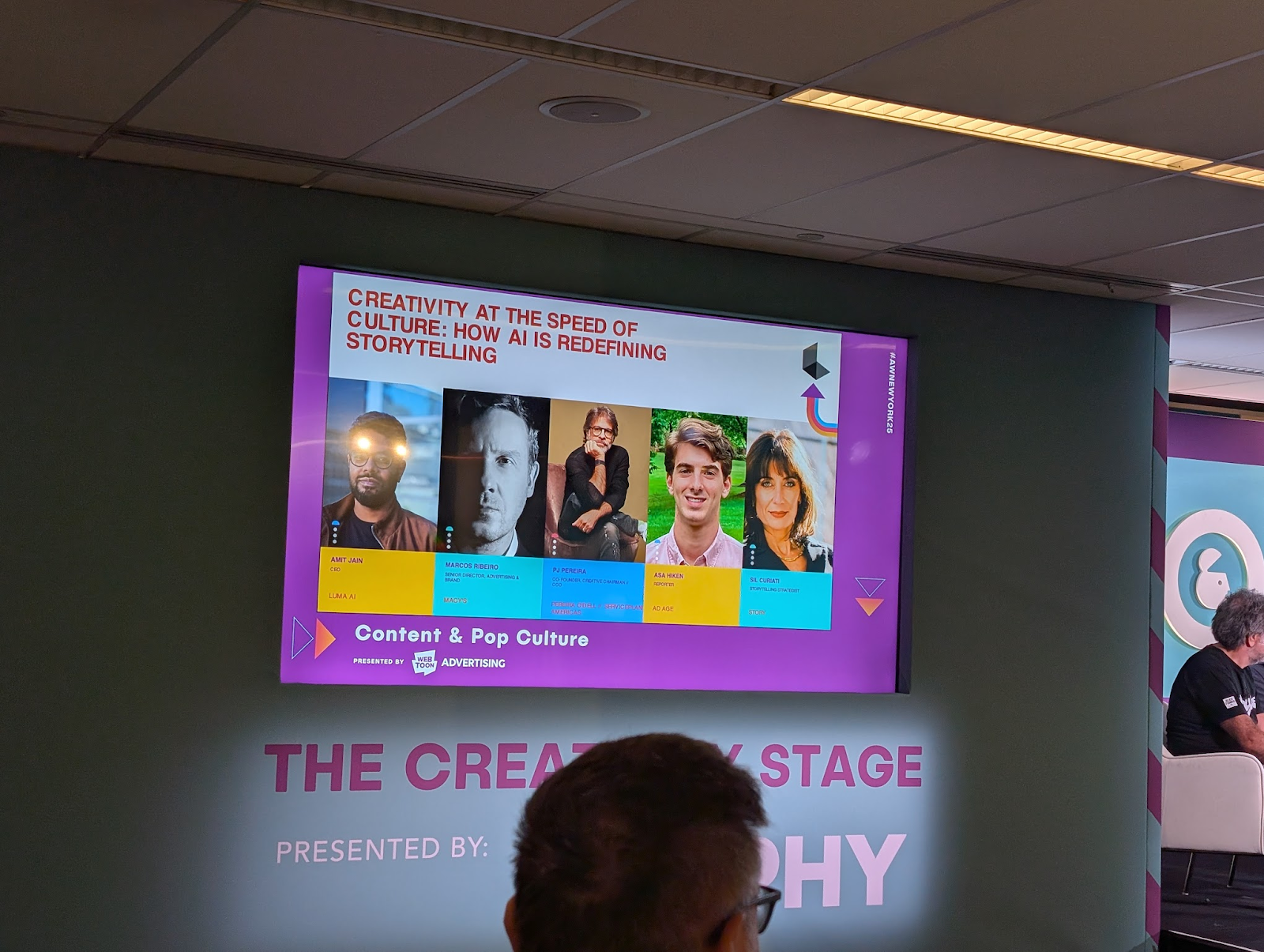
At the Wednesday Great Minds Stage session with Meta, Jones Road Beauty CMO Cody Plofker, and creator Katie Van Slyke exemplified this perfectly: performance marketing wants instant results, but brand equity compounds slowly. The industry's linguistic shift from "Retail Media" to "Commerce Media" signals a dawning realization that brand and performance are no longer separate funnels; they're the same conversation that spans across a multitude of channels.
I can’t be any clearer here: we keep confusing velocity with transformation.
In a session titled “The New Power Consumers,” focused on Gen Z and Gen Alpha, BYOMA's Marc Elrick said it best: Brands jumping on every trend "don't know who they are." Their values are "all over the place."
When you're moving at “the speed of culture,” you're not building anything of value; you're merely reacting. The panel, which also included founders of Mane and Forvr Mood, spent time discussing brands and Cancel Culture. When the “inevitable cancellation” comes (because the Overton Window moves), that's when everyone discovers whether you had infrastructure… or just momentum.
The platforms get this. TikTok spent Advertising Week positioning itself as a search engine, not a trend factory; they're building for discovery, not virality itself. They understand that "the search before the search" is infrastructure.
Meanwhile, the commerce conference industrial complex and panel talk ecosystem continue to pontificate on trying to turn “culture” into a quarterly earnings call.
Good luck with that.

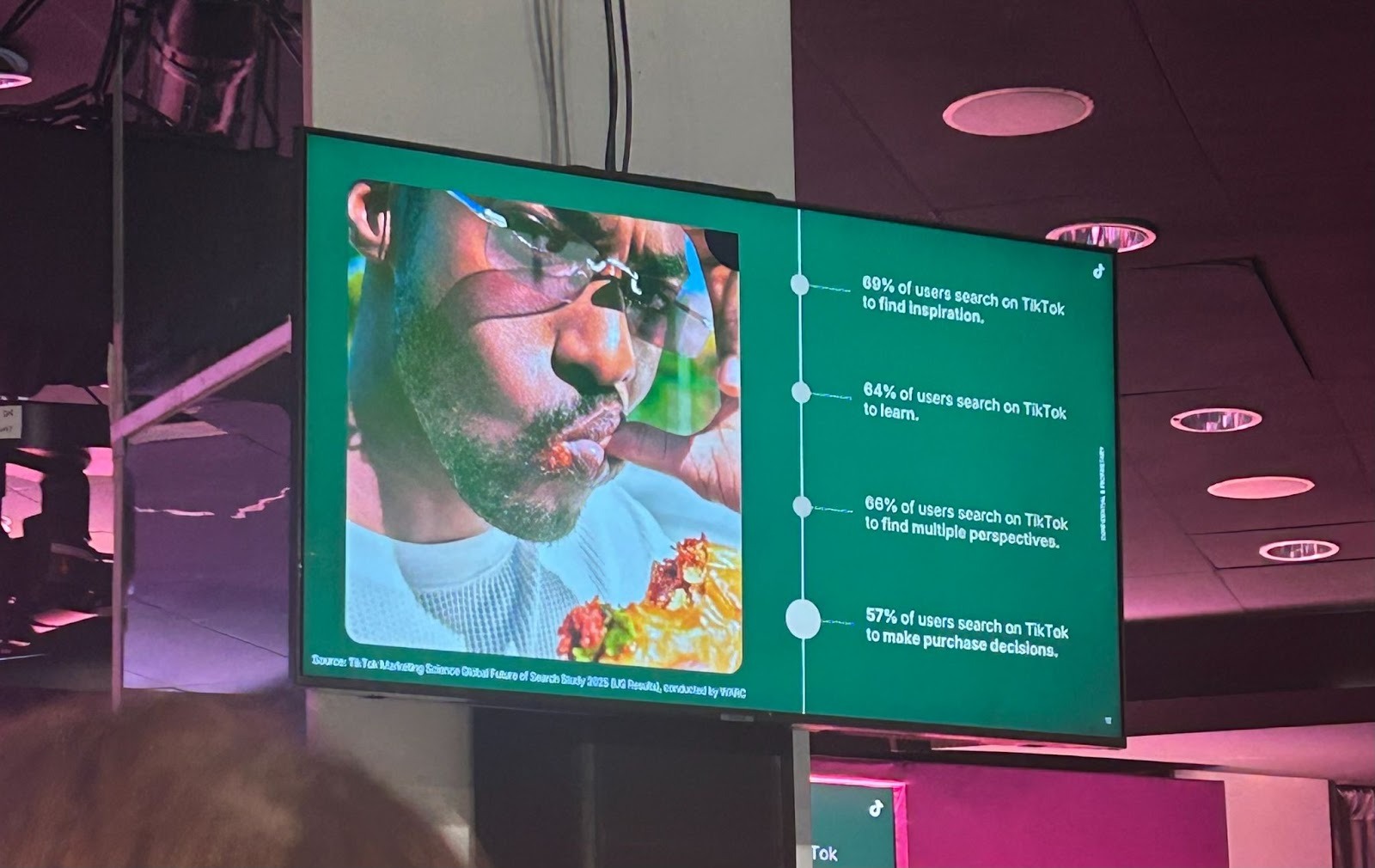
TikTok Keeps Banging the Search Drum. Given that TikTok is staying alive in the US, the app made a major push at Advertising Week by featuring a collective of internal thought leaders and star clients. One of its tentpole sessions featured new data from WARC, which explores how consumers, specifically Gen Z, use social and video as more intent-driven search vehicles. In fact, TikTok has measured that there is a 2x purchase lift when brands use TikTok Search campaigns vs. standard In-Feed Campaigns. There isn’t just engagement, there’s conversion.
Rema Vasan, Head of North America Business Marketing for TikTok, doubled down on data that the app now “owns the most influential stages of search”: exploration and evaluation. Although the research indicates that 84% of searches on TikTok happen in these stages, she noted that TikTok should complement traditional search strategy, not replace it.
“[Search] is a more dynamic behavior,” said Cypress Villaflores, VP of Social at Publicis, a TikTok partner who shared more insight into how they use TikTok to drive engagement with Hulu content. “It’s not only about that last-touch efficiency action. It’s about taking people on a journey.”
Vasan added more context: “Consumers' intentions have changed on that journey. They’re not just looking for quick answers; they're looking to see how they can explore or compare, and really shift their perspectives. This is a really great opportunity for advertisers because you get to show up at the exact moment where there is that intent and where there is that discovery, that's happening.”
TikTok combines entertainment, information, and inspiration, providing real-time, trending content that’s highly relevant to search queries. This allows consumers not only to find the information they’re seeking but also to discover new products and content they weren’t expecting.
🤖 Our latest New Modes Report digs into how TikTok and YouTube are shaking up the decision-making journey, embedding knowledge and entertainment into one cohesive, scrollable experience. Learn how it will change the way you design your eCommerce experiences forever. Get the data now.
Gen Z Decided What to Buy Before They Left the House. Three years ago, retailers reported that roughly 50% of purchase decisions happened in-store. This year, by the time Advertising Week rolled around, that number had collapsed to 20%.
Translation: 80% of your customers already know what they're buying before they walk into your Sephora, your Target, and even your boutique wellness concept store with the overpriced adaptogen lattes.
BYOMA CEO Marc Elrick (whose brand does $100M+ in revenue despite launching in 2022) dropped the real bombshell: major retailers are now “investing a lot more time incubating brands” because they've completely lost control of the discovery moment. Brands with community-first strategies are being actively courted because retailers realize stores are now little more than fulfillment centers with 5600K “mood lighting.”
Meanwhile, Rent the Runway's Reina Govindarajan cheerfully admitted they're "a data science company" that happens to know Sally is pregnant, going on a babymoon, and shopping for beach coverups (possibly even before Sally has even told her parents). They'll drop sunblock samples in her bag because "it's as though her friend made the greatest sunblock recommendation at the most perfect point in her life." (More on that below.)
Cool cool cool. Nothing dystopic about that at all.
The real kicker? Rachel Jonas Gilman from Mane watched customers in retail stores literally pulling up TikTok to read reviews WHILE HOLDING THE PRODUCT. The store has become the showroom, and TikTok is now the sales associate.
Retailers are finally waking up to what DTC brands have learned the hard way: you no longer own the customer relationship. You're just hoping to be included in it.

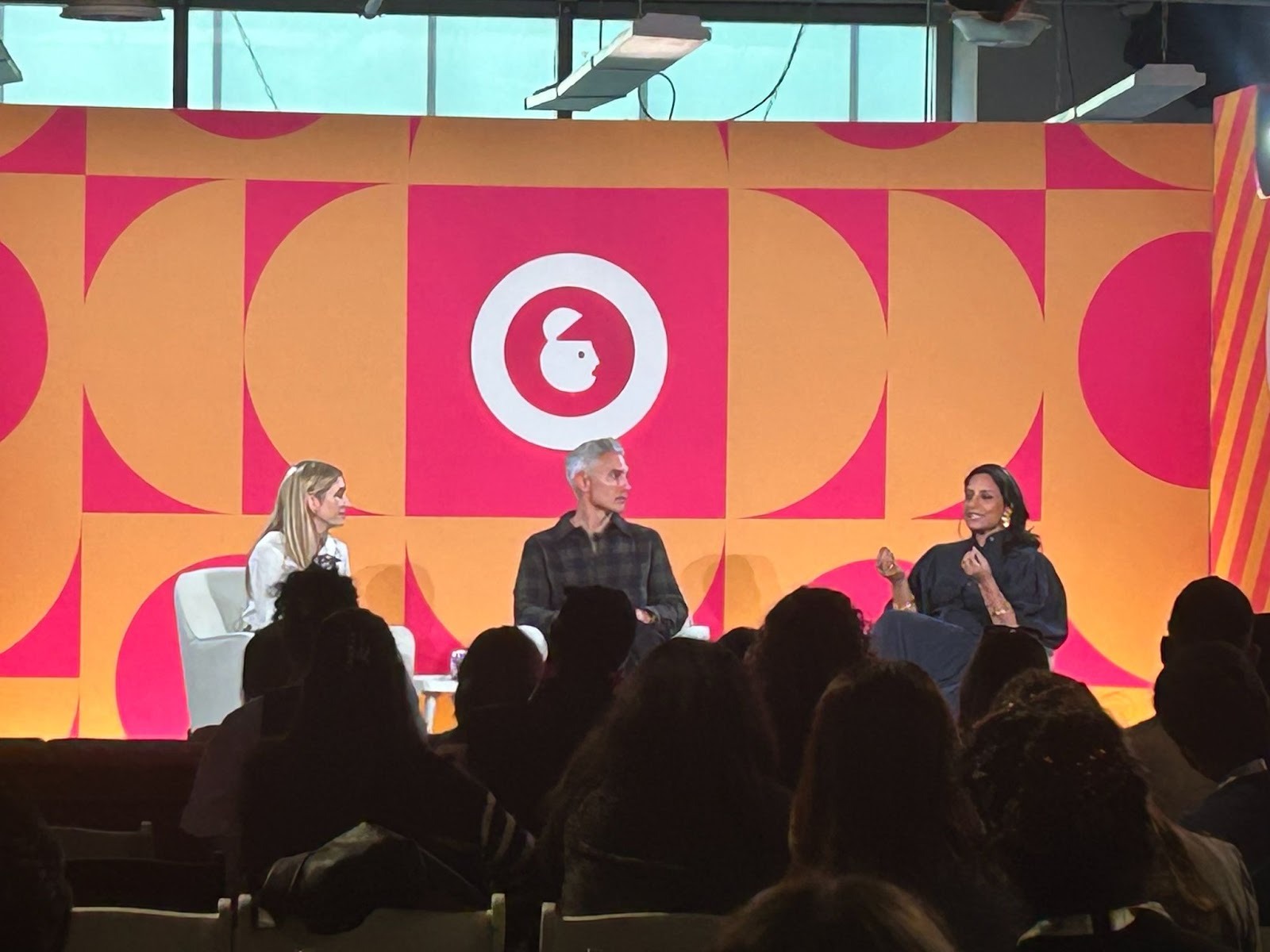
Commerce Media Gets More Contextual. Nearly all Rent the Runway (RTR) shoppers report using the platform to discover new brands, and 80% of customers ultimately make a purchase from the brands they find. As RTR meets customers at this critical moment and serves the most relevant brands, advertising partners have an opportunity to engage with them meaningfully using the wealth of data at their disposal.
“As far as I’m concerned, we’re a data science company,” said Reina Govindarajan, VP of Business and Corporate Development at Rent the Runway. “Not only can we tell you Sally’s 35 and lives in New York, we can also tell you she’s pregnant, going on a babymoon, and looking at beach coverups.”
With these data clues, Govindarajan can connect customers with the right brand partners. In the case of Sally, a sunblock partner would be a relevant fit, so they will drop samples right into her bag. “Sally is so excited to buy that sunblock because when I advertise to her, whether it’s through email or the bag, she trusts us, and she loves us. It’s as though her friend made the greatest sunblock recommendation at the most perfect point in her life.”
This notion of delight and surprise carries through the entire RTR ecosystem, which then powers 360-degree partnerships to ensure brands reach the people who count. (No doubt supporting the “halo effect” that so many execs referred to during the event.)
“We’re being incredibly focused as a team together to execute on that full 360 [experience], so we can feed all those monetization levers,” said Govindarajan. “We’re moving away from this aspect of closing with a partner and then never working with them again, to working with partners that are going to be with us year after year and will continue to grow with us. The only way to do that is to bring the entire team together and stop working in silos.”
🔮 Binge TABULA RASA, a series on the evolution of retail media, written by Mike Mallazzo. And if you like what you read, fun fact: we have more installments coming soon. Stay tuned!

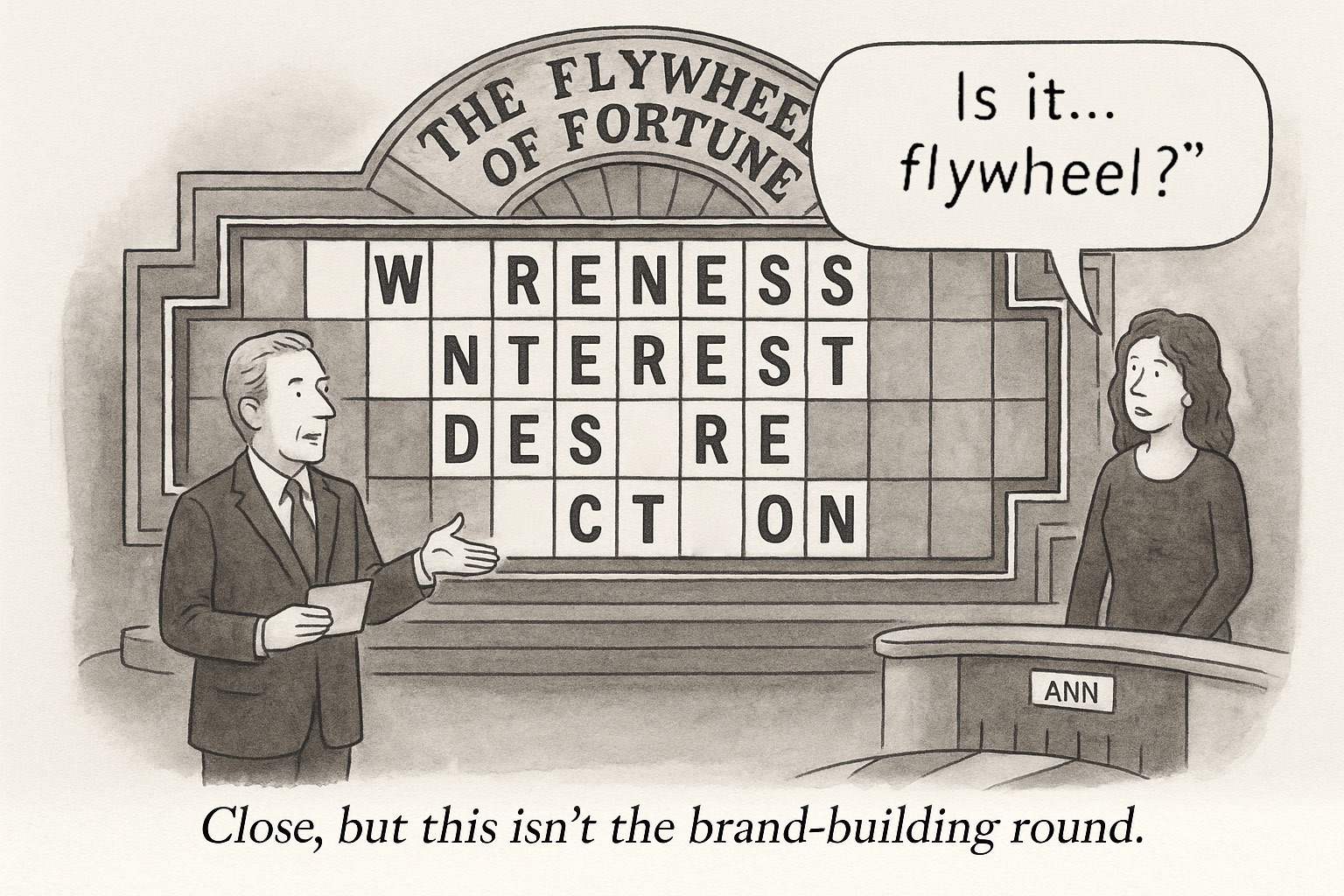
Dr. Pepper Gets the ‘Mr. Transform’ Treatment. Drew Panayiotou has helped shape brands ranging from Disney to Best Buy and Pfizer, garnering a reputation for being “Mr. Fix-It” or, as he likes to say, “Mr. Transform.” But it's his short time as CMO of Keurig Dr. Pepper (about a year) that has reaffirmed his core belief: that brand equity is more important than bottom-funnel conversions. (A major push against the performance-led narrative around Advertising Week’s commerce media lean.) After all, his core mandate at the organization was to build a “modern marketing machine” that would support all brands in the portfolio, not just boost sales.
“There's a lot of conversation about retail media, but if you're doing great things and your brand is strong, then you're going to pay less as people go down the funnel. Do you need a lot of retail media if you have a really strong brand?” he challenged. “How impactful will lower-funnel marketing be if you have real affinity with your consumers?”
That is why Panayiotou has a new beloved “f-word”: flywheel. Rather than focusing on funnels, which force marketing teams into linear and siloed thinking, flywheels help teams collaborate more fluidly and build more seamless stories.
“Data shows that when you build brands and you engage with consumers, so it's not always about the buy button, you build healthier brands,” he said. “The challenge in building a brand at a large public company is that you always feel better about the buy button. But what generates long-term brand loyalty is when you engage and do things with customers that don’t say ‘buy me today.’ People want to engage with your feed when you're doing interesting things.”
🤗 The heart of brand building lies in the relationships brands build with consumers. But the proliferation of data and new marketing channels means brands need to rethink the traditional playbook. Our latest season of Decoded defines Positionless Marketing as an exciting new philosophy that unlocks creativity and enables personalized experiences at scale. Prefer to read the insights? Download the companion guide.

What We Say vs What We Do. Brazilian novelist and advertising legend PJ Pereira dropped the most honest thing said all week at Advertising Week: they tested AI-generated content that received 100% negative comments. However, the same content received 20 times more likes and 30 times more clicks to buy.
This is the gap nobody wants to acknowledge: what people SAY about AI-generated advertising and what they DO with it are two completely different datasets.
The performative outrage is loud. The purchasing behavior is louder.








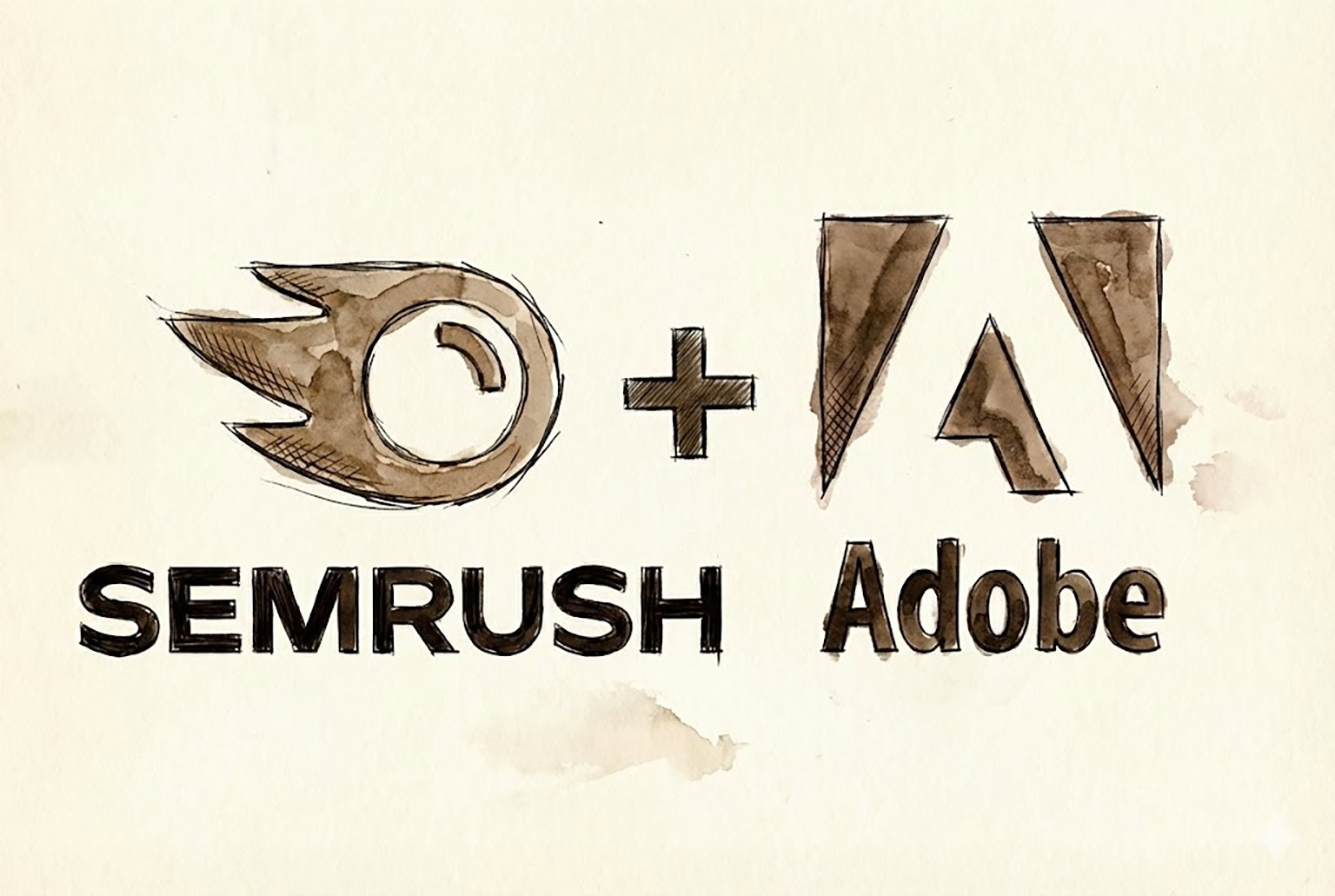
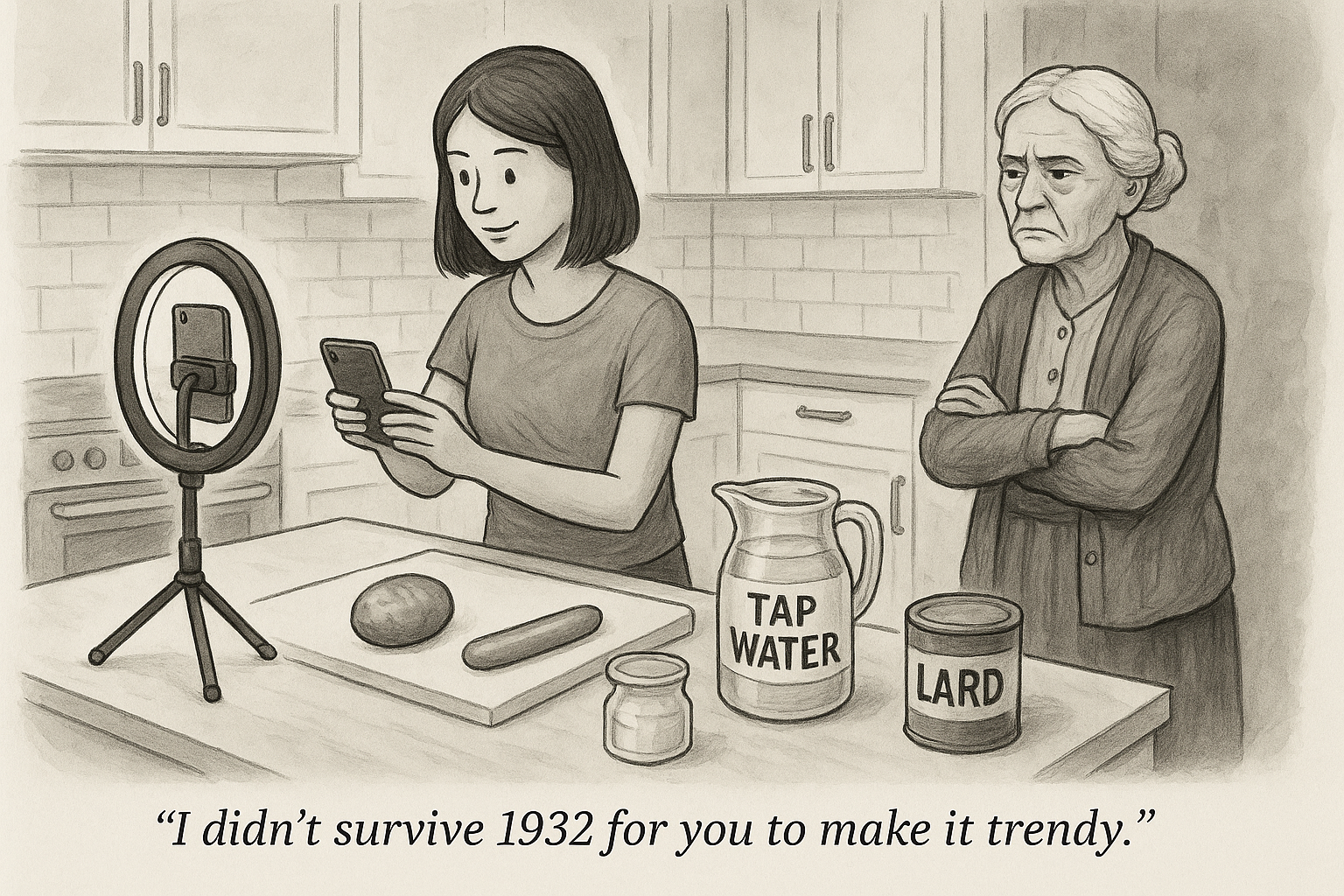
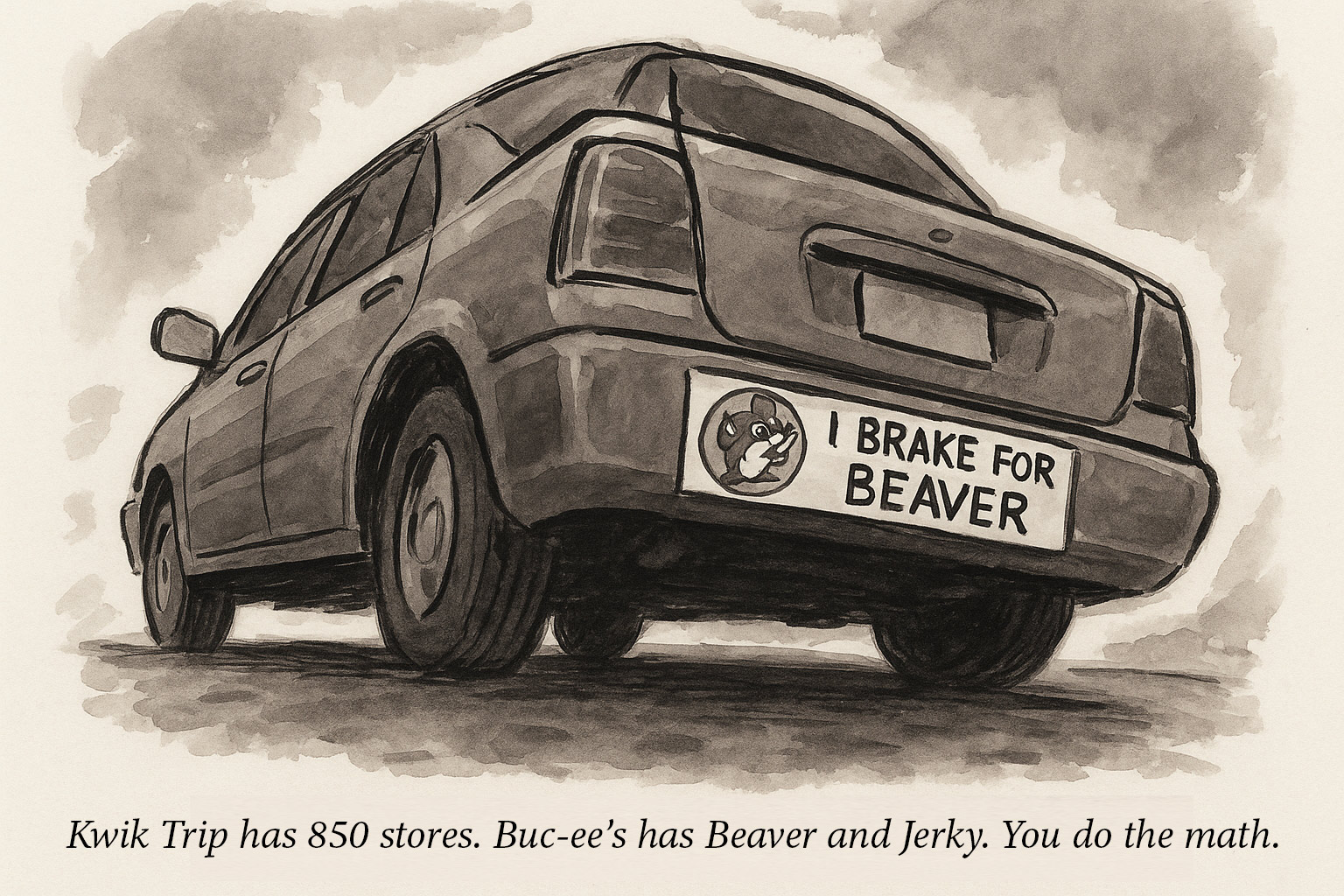
.svg)
